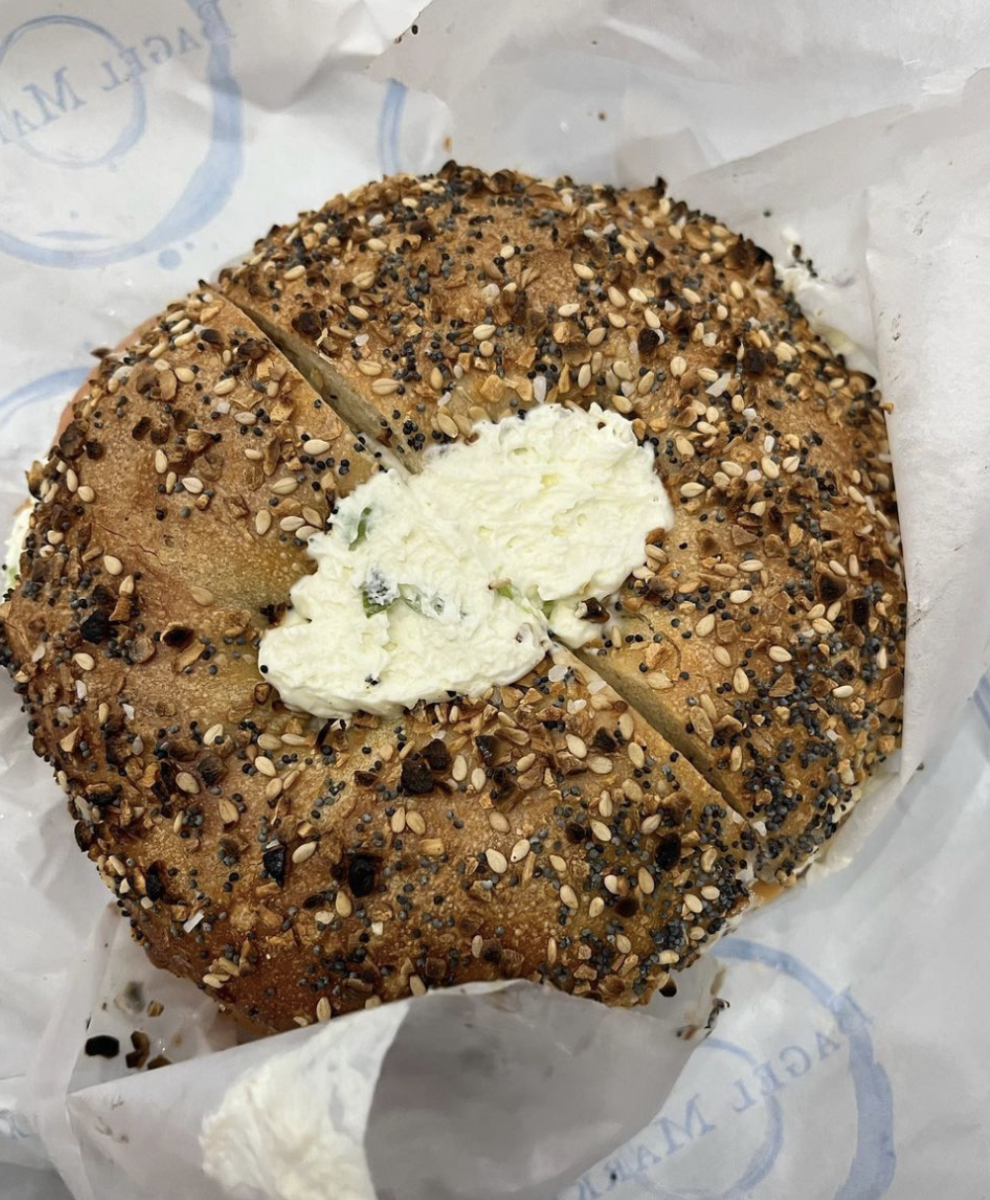By DANIELLE GARRAND
CONTRIBUTING WRITER
Students come to college in order to gain a diploma, but sometimes they end up gaining weight instead.
According to WebMD, one in every four college students gains five percent of his or her body weight, or roughly 10 pounds, during the first semester of college. With the proper nutritional knowledge and tactics, however, that same student could come home for Thanksgiving fitter than ever.
The key is to balance the late-night Pugsley’s runs with a gym session in the morning.
“I mix my beloved Caf cookies with running and rowing crew in order to keep off the pounds.” Élan Saynay, FCRH ’16, said.
A student can have deep-dish pizza and see his or her waistline shrink, as long as the nutritional equation is balanced. A pound of fat is equal to 3,500 calories that were consumed, but not burned as energy. So, if a student eats 3,500 calories extra a week or 500 extra calories a day, he or she will gain a pound of fat a week. By going for those two extra slices of pizza, indulging in a cinnamon roll at breakfast or having a plate of French fries for dinner, the calorie count rises and so does your jean size.
Another pitfall for college students is the classic “kid in a candy store” situation. Walking into the McGinley Center, students see the delicious bakery section, fountain sodas and chicken fingers, and without their parents to caution them against poor choices, they only consume these foods.
The key to tackling this problem is to think of the fattening foods as special treats, not everyday meals. Instead of reaching for the cheeseburger, grab a salad with lean protein and have one cookie for dessert for a more balanced meal.
Nicole Segall, FCRH ’16, described her tactics to indulge without bulge.
“I eat burgers without the bun and make my own tomato caprese to avoid repetition, but still eat a well-balanced meal,” she said.
Many students gain weight in college, not because they are eating bad foods, but because they are eating too much food. Portion sizes are a crucial aspect of good nutrition, because by sticking to the controlled amount, individuals gain the correct amount of nutrients. Although portions may need to be increased for students participating in athletics, with heavy workout routines or special dietary needs, there are general rules of thumb to follow.
For example, a portion of meat should be the size of a card deck, cheese should be the size of two die and a serving of pasta should equate to the size of half of a baseball. It is also important to note how much dressing or oil is added to food before it is served. Add more than two tablespoons of dressing, which is the recommended amount, to a healthy salad, and that salad becomes a health hazard. Being aware of how much one is served will decrease the caloric intake and give an individual the actual amount of food they need.
Many have been in this situation: It is a Saturday night, and all of your friends decide to go down to the Deli to get a pint of ice cream. If you do not get one too, you feel left out, but if you do get one, you feel the extra weight the next day. The trick with social eating is to note the healthy alternatives to the high-fat foods your friends are ingesting. Instead of reaching for the ice cream, get frozen yogurt. In lieu of chips, chomp on trail mix. These easy swaps allow you to bond as a part of the group, while following a healthy diet.
As a fellow lover of high-calorie foods, it is sometimes tiresome to reach for a salad every day, but finding ways to spice up nutrition is easier than you think. The Grille offers made-to-order salads and fresh smoothies, the Deli boasts subs that have less than 500 calories and the Caf has enough quinoa to feed an army. When the pre-made options are not satisfying, one can become a chef of sorts and make one’s own meals. One of my favorite dishes is to combine one cup of quinoa, three ounces of grilled chicken and a ¼ cup of barbecue sauce together to yield a flavorful, yet healthy, concoction.
Eating healthy does not have to be impossible on campus. Just watch what and how much you eat, so that you can still fit into your skinnies when you go home for break.
MEAL GUIDE
Each meal includes a mix of whole grains, proteins or dairy. Portions vary depending on gender, height, weight and caloric needs.
Breakfast: The Caf
One and a half cups of oatmeal with two tablespoons of brown sugar and two tablespoons of cranberries
Coffee
Lunch: The Grille
Salad with two tablespoons of low-fat dressing,
Three ounces grilled chicken with any vegetables of your choice
One small glass of 2 percent or skim milk
Snack
Two tablespoons of peanut butter
One apple
Dinner: Dagger John’s
Veggie burger
One apple
Glass of water







































































































































































































